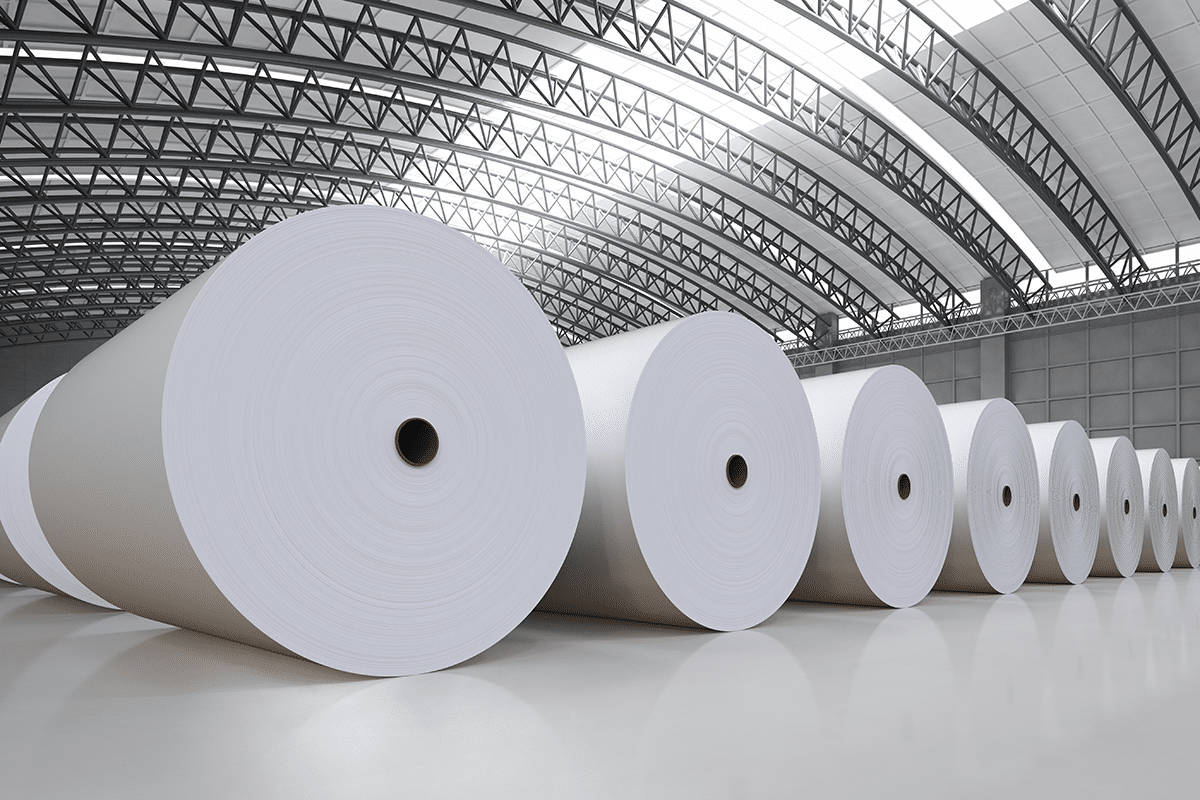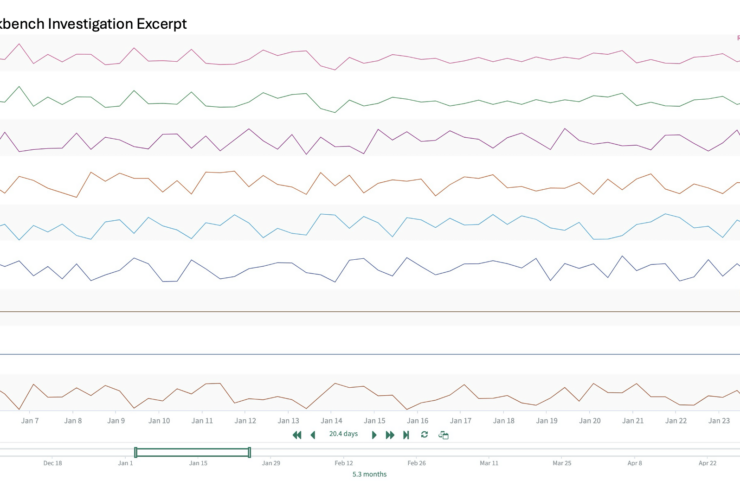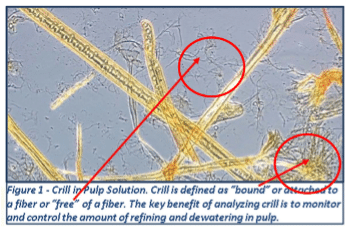In this Part 1 of our Automating Refining series, we discuss the benefits of measuring freeness.
Measuring freeness is one of the mills’ most essential tools to assess stock preparation and paper machine operation. But the information from traditional freeness lab testing is unsuitable for in-depth data analysis and real-time online responses.
The value in mills measuring freeness cannot be understated. Having accurate online freeness measurement allows mill managers to be proactive rather than reactive in their approach to mill operations. Meaningful, real-time data can help mills increase production speeds, stabilize refining operations, optimize energy usage, and ensure consistent quality. These measures will save your mill money or generate more revenue.
The Satron VCT Optical Freeness Transmitter is an excellent example of sensor technology that can help mills measure freeness and other configurable properties like consistency, fiber length, or shives. There are many examples of how using sensors to measure freeness can improve operations, save money, and increase revenue.
Analyzing Data to Increase Machine Speed
Additional revenue generated from increasing wire speed by 50 feet per minute could total $12,000,000+ annually!
Consider a paper machine with a dry line wandering toward the couch roll. Due to variability in furnish quality, this is possible, and without online indication, it is impossible to see this problem. The wire speed is often set slower than optimal to mitigate problems when the dry line shifts toward the couch, but this isn’t always the best solution. The Satron VCT Optical Freeness sensor can provide machine operators with real-time freeness measurements giving them the information they need to see swings and adjust immediately to maintain stable operation. While it is understood freeness is not the only property that determines drainage, it is an indicator that can show a swing. Stabilizing the incoming freeness to the machine may allow it to speed up and maintain the dry line where it needs to be. Even a small adjustment can add up to big savings. Our scenario below shows how increasing the wire speed by 50 feet per minute can generate over $12 million in additional revenue annually.
| Wire Speed
(ft per min.) |
Tons
(per day) |
Product Value
(per ton) |
Daily Revenue | Yearly Revenue
(per 350-day year) |
| 800 | 800 | $750 | $600,000 | $210,000,000 |
| 850 | 850 | $750 | $637,500 | $223,335,000 |
Using Freeness Measurements to Stabilize Operations
Total Savings from reducing breaks from three per day to one is $2,333,450 annually!
Every year sheet breaks cost mills millions of dollars in lost productivity. It is not uncommon for a mill to experience three breaks per day. Online freeness measurements can help stabilize paper machine operations. As our chart below shows, if your mill can reduce breaks from three a day to only one per day, you can save almost $2.5 million a year in machine downtime.
| Cost to Operate Machine (per hour) | Average break duration | Number of Breaks (per day) | Cost Per Break | Annual Cost
(per 350-day year) |
| $10,000 | 20 minutes | 3 | $10,000 | $3,500,000 |
| $10,000 | 20 minutes | 1 | $ 3,333 | $1,166,550 |
Using Freeness Sensors to Ensure Consistent Quality
Stable quality could add over $2 million to your annual revenue!
Using sensors to measure freeness in real-time also helps mills ensure quality consistency. It is not uncommon for a mill to generate 2% daily reject due to strength issues. If a paper machine is producing 800 tons a day, this amounts to 16 tons of rejected products daily. As our chart below shows, this adds up. In our scenario, over the course of a year, the lost product totals more than $4,200,000. Cutting your reject rate by half would increase your revenue by more than $2,000,000.
| Production Tons (per day) | Rejected
(in tons) |
Rejected
(tons per year, per 350-day year) |
Rate (per ton) | Loss (per year) |
| 800 | 16 | 5,600 | $750 | $4,200,000 |
| 800 | 8 | 2,800 | $750 | $2,100,000 |
Using Freeness Sensors to Set Optimal Energy Target
Cost of energy savings could reach as much as $350,000 a year!
Achieving optimal energy usage can also save mills money. Having refiner-specific energy set at a higher value than necessary can be costly. Using sensors to monitor freeness can help mill operators understand the impact of refining on the furnish, allowing them to modify the energy target, potentially leading to savings through reductions. Energy savings could reach as much as $1,000 per day. Over a year, that is $350,000 in savings.
Mill managers are fortunate to be operating in a time of rapidly advancing technology. It is easier and more affordable for mills to use smart sensors to collect real-time data that allows them to respond faster and better to the complexities of pulp refining operations.
If you aren’t sure if a Satron Optical freeness Sensor is a good fit for your operations, Pulmac helps you understand the return on investment for your mill. Contact us anytime.





